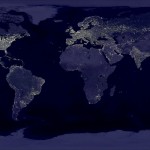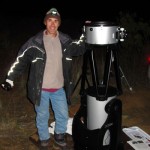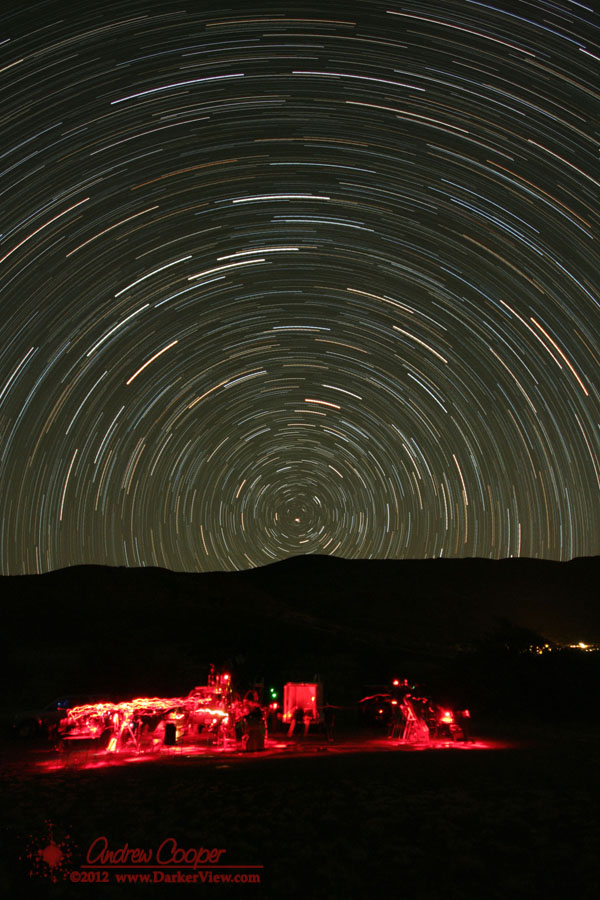
So often I talk to visitors who come from places where they might see a mere handful of stars. To live in or worse, to grow up in a major metropolitan area, is to lose the beauty that is our night sky. To lose the view of our universe is to reduce that vast universe to just our everyday world. You lose the imagination and sense of wonder that can change everything.
Maybe I am weird, I make a point to get out and spend nights under a dark sky. With a telescope I pass the night looking into the vastness of space. With that experience comes a broader understanding of the scale of our universe and our place within it. To see the galaxies, to know what they are, to gain a glimmer of understanding, it changes your view of who and what we are.
To me this is precious.
Light pollution may be an issue few understand. It has many consequences… Vast amounts of wasted energy and money, impacts on our health and the health of our natural environment. There are many reasons to minimize the impact of artificial lighting. Of these reasons, it is the loss of the starry night sky that can sever our connection to the universe.
This week is International Dark Skies Week. Take a moment to look up at the night sky and understand what you may have have lost.
The Magnificent Night Sky: How to Protect It from Keck Observatory on Vimeo.




